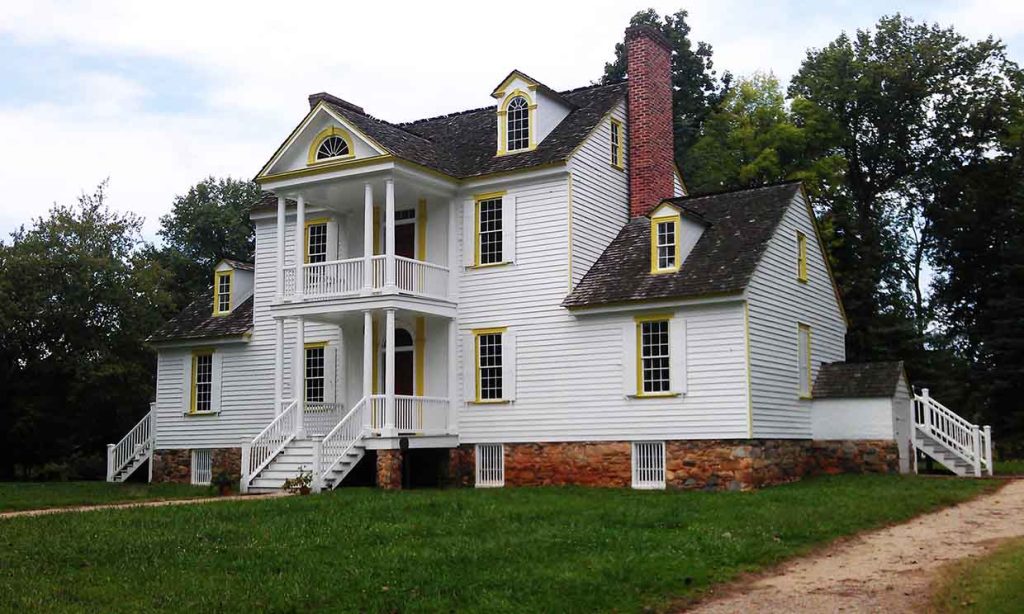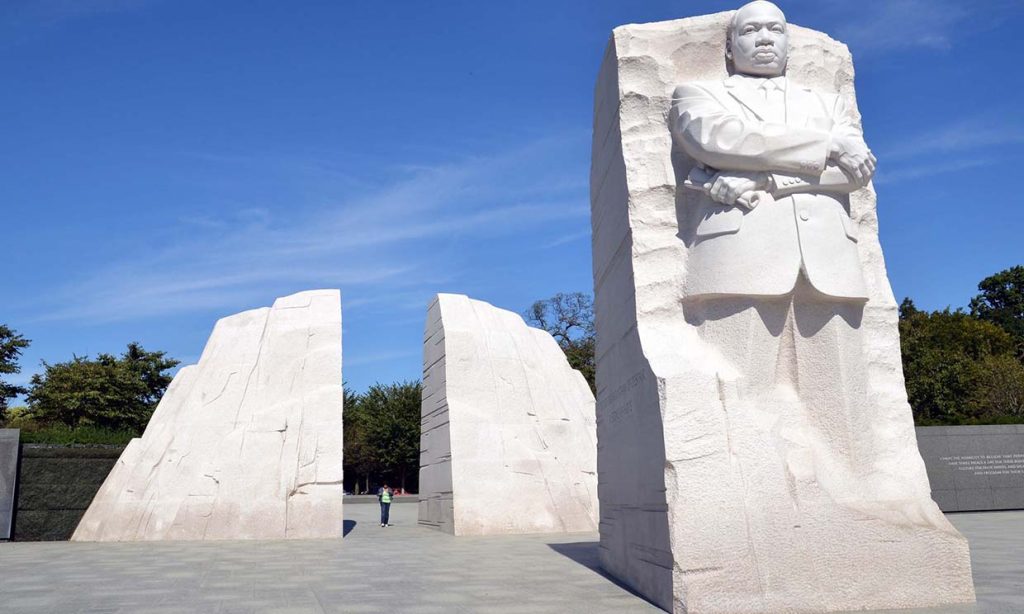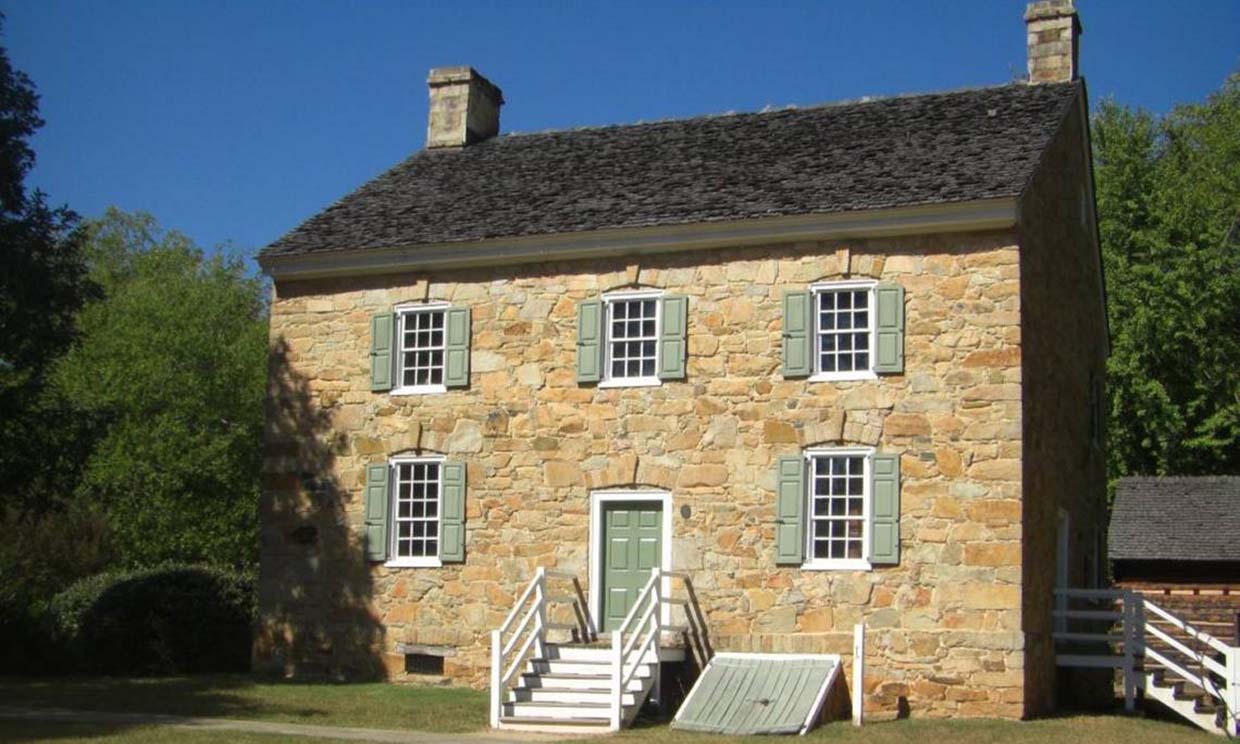Charlotte, the largest city in North Carolina, is not only a dynamic hub for commerce, finance, and industry but also a rich repository of history and cultural heritage that reflects the spirit of the American South. The city’s historical landmarks each carry significant stories that span from the transformative Civil War era to the pivotal Civil Rights Movement, and from the early colonial foundations to the fast-paced evolution of a modern metropolis. Whether you’re a passionate history buff, an architecture lover, or just a curious traveler, Charlotte offers an array of captivating historical sites that provide valuable insights into both local and national history. Today, I will guide you through the top five historical landmarks in Charlotte, each telling its own unique story and offering a deep dive into the city’s vibrant and multifaceted past.
1. The Charlotte Museum of History
As the best starting point to explore Charlotte’s history, The Charlotte Museum of History is a must-see for anyone visiting the city. This museum houses an extensive collection of historical documents, photographs, and artifacts, showcasing the evolution of Charlotte from its colonial beginnings to its modern urban development. One of the museum’s highlights is the “Hezekiah Alexander House,” built in 1779. This historic house is one of the oldest structures in the Charlotte area and is a significant piece of North Carolina’s heritage, offering visitors a glimpse into life during the late 18th century.
In addition to its colonial exhibits, the museum also features comprehensive collections covering the Civil War, the Civil Rights Movement, and other pivotal moments in American history. These exhibits provide visitors with a rich understanding of Charlotte’s crucial role in shaping both the state of North Carolina and the United States. Through visiting, you will gain insight into how Charlotte’s location made it strategically important during the Civil War, particularly in its economic and military significance to the Confederate states.
Tips for Visiting:
- The museum regularly hosts historical lectures, special exhibits, and even hands-on events, so be sure to check the website for the latest event information to make the most of your visit.
- If you’re particularly interested in the Civil War or other historical topics, it’s highly recommended to join one of the museum’s guided tours. These tours offer an in-depth look into turbulent periods in Charlotte’s history, providing a richer, more immersive experience.
2. The Historic Rosedale Plantation
Rosedale Plantation, also known as the Victoria-era Memorial, is one of the most historically significant landmarks in Charlotte. Located just outside the city center, this historic site was initially built in 1815 as a classic Southern plantation house. The architecture preserves the 19th-century Southern aristocratic style and tells the story of class divisions and slavery in Charlotte society during that time. The beautifully restored mansion features grand columns, elegant interiors, and offers visitors a glimpse into the lifestyle of the wealthy plantation owners who lived there.
Rosedale was used as a hospital during the Civil War and has since witnessed several key historical events, such as the hardships faced by those living through the war and the eventual reconstruction of the South. Today, it serves as an important cultural heritage site, offering a fascinating window into the past. Visitors can tour the beautifully preserved home, admire its antique furniture, murals, and garden design, and explore exhibits that explain the role of plantations in the local economy and how it shaped the region’s history. The plantation also hosts events and reenactments to bring history to life.

Tips for Visiting:
- It’s highly recommended to join a guided tour to fully understand the history and significance of this historical estate. Guides offer detailed stories about the property’s history, from its plantation origins to its role in the Civil War.
- The gardens surrounding Rosedale are particularly beautiful, especially in spring and summer when the flowers bloom and the landscape is lush and vibrant, making it a perfect place for photos or a peaceful stroll.
3. The Battle of Yorktown Battlefield
Though Charlotte is located a bit far from the main battlefields of the American Revolution, it still has significant ties to this pivotal period in history. The Battle of Yorktown Battlefield, a crucial site from the 1781 battle between America and Britain, is an important Revolutionary War landmark. This battle directly led to America’s victory and paved the way for the end of the War of Independence. The victory at Yorktown was decisive, and the British surrender marked a turning point in American history.
Today, the battlefield serves as a national park where visitors can explore well-preserved historic sites, learn about the battle’s context, and appreciate the monuments, trenches, and historical markers that detail the key figures and events of the fight. The battlefield offers a glimpse into the strategies and pivotal moments of the American Revolution, and is a must-see for history buffs. Along with the preserved terrain, visitors can engage with interactive exhibits that explain the significance of the battle in securing American independence.
Tips for Visiting:
- Spring and autumn are the best seasons to visit, offering pleasant weather ideal for leisurely exploring the battlefield without the heat of summer. The park is vast, so taking your time to explore and enjoy the history is recommended.
- The nearby museum displays a wealth of Revolutionary War-era artifacts and documents, providing a more complete understanding of the war’s historical impact, from the soldiers’ experiences to the long-lasting effects of the victory at Yorktown.
4. Martin Luther King, Jr. Memorial Park
The Martin Luther King, Jr. Memorial Park in Charlotte serves as a tribute to the legendary leader of the American Civil Rights Movement, Dr. Martin Luther King. Although larger and more famous memorials to Dr. King exist in cities like Washington D.C., this park in Charlotte is a significant historical site, reflecting the crucial role the city played in the struggle for civil rights during the 1960s. The park features a prominent statue of Dr. King, allowing visitors to pause and reflect on his enduring legacy and the broader impact of his work in promoting equality and justice across the United States. The park is a space for reflection and education, and it also hosts several special events and commemorations each year to honor Dr. King’s contributions to American society, reinforcing the importance of his work in today’s world.
Tips for Visiting:
- The park offers guided tours that dive deep into the life of Dr. King and his profound influence on both national and local Civil Rights efforts. These tours are a great opportunity to understand the historical context of the Civil Rights Movement.
- If you happen to visit in January, the Martin Luther King Jr. Day celebrations are especially poignant and offer a unique opportunity to experience the ongoing relevance of his legacy through speeches, music, and community activities.

5. Charlotte City Hall
While many tourists are drawn to large museums and grand historical sites, Charlotte City Hall remains an often-overlooked gem that carries deep historical significance. Built in the 1920s, City Hall has long served as the political and administrative heart of the city. Its architecture is not only beautiful but also stands as a symbol of Charlotte’s growth over the last century. City Hall is more than just a government building; it is the birthplace of many pivotal political decisions that have shaped the city and the region. Visitors to the building can see how Charlotte evolved from a small town to the modern, bustling metropolis it is today. The City Hall often hosts public meetings and civic events, giving visitors a unique glimpse into the political workings of the city.
Tips for Visiting:
- City Hall is open to the public, and it’s well worth exploring its historical areas. Visitors can learn about the inner workings of Charlotte’s local government and how decisions were made during pivotal moments in the city’s history.
- If you’re visiting when public meetings or special events are taking place, it’s worth attending. These events offer a rare opportunity to witness firsthand how Charlotte’s political decisions are made, giving you a deeper understanding of the city’s governance.
Charlotte is a city that carries the weight of history in its veins, from its colonial past to its current status as a modern metropolis. Its transformation over the centuries—from a modest settlement to a bustling urban hub—is a testament to the resilience and growth of this vibrant city. The Civil War and Civil Rights Movement, among other historical events, have shaped Charlotte into what it is today, making it a city that stands as a beacon of change and progress in the South. For history enthusiasts, Charlotte is a treasure trove of stories that paint a rich and diverse portrait of the nation’s past, with each landmark offering a window into a different chapter of American history. Visiting these five key landmarks will not only allow you to experience the city’s rich past but also give you a deeper understanding of the complexities and milestones that have defined American history over time. I hope your historical journey through Charlotte will be as enriching as it is unforgettable, leaving you with lasting memories and a newfound appreciation for the stories that have shaped the city and the nation.



